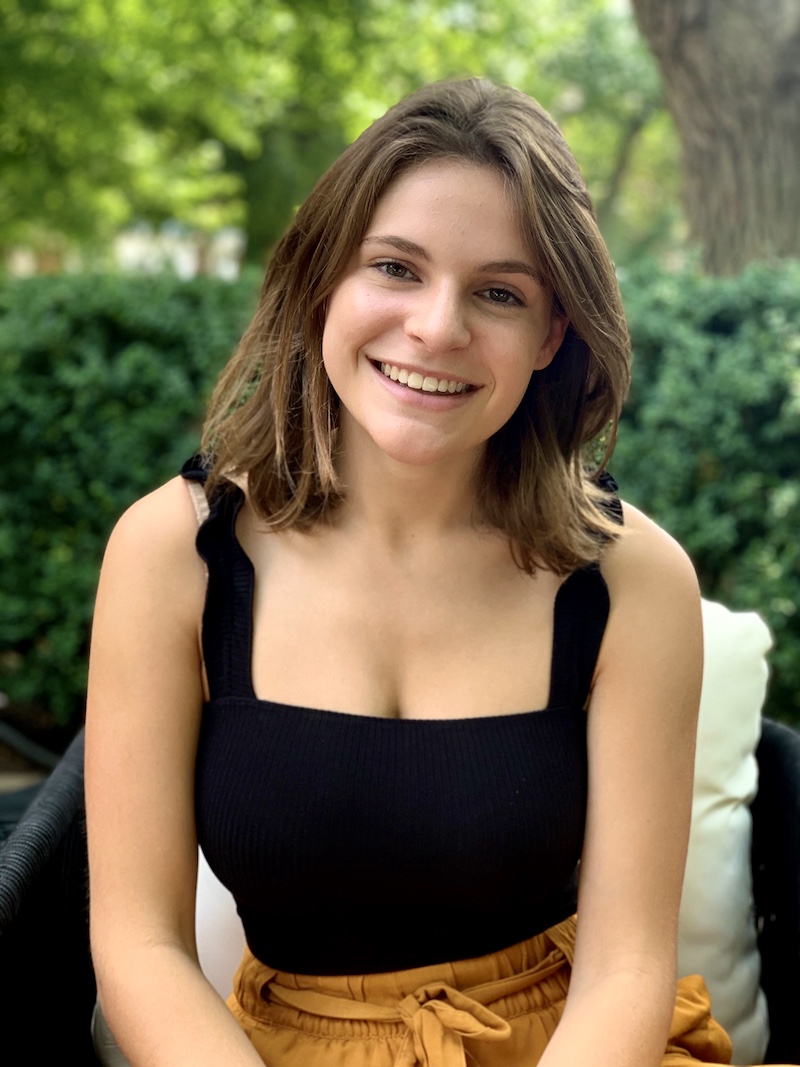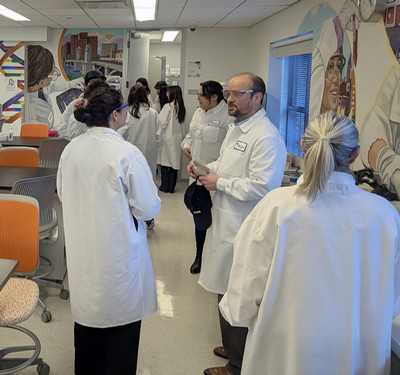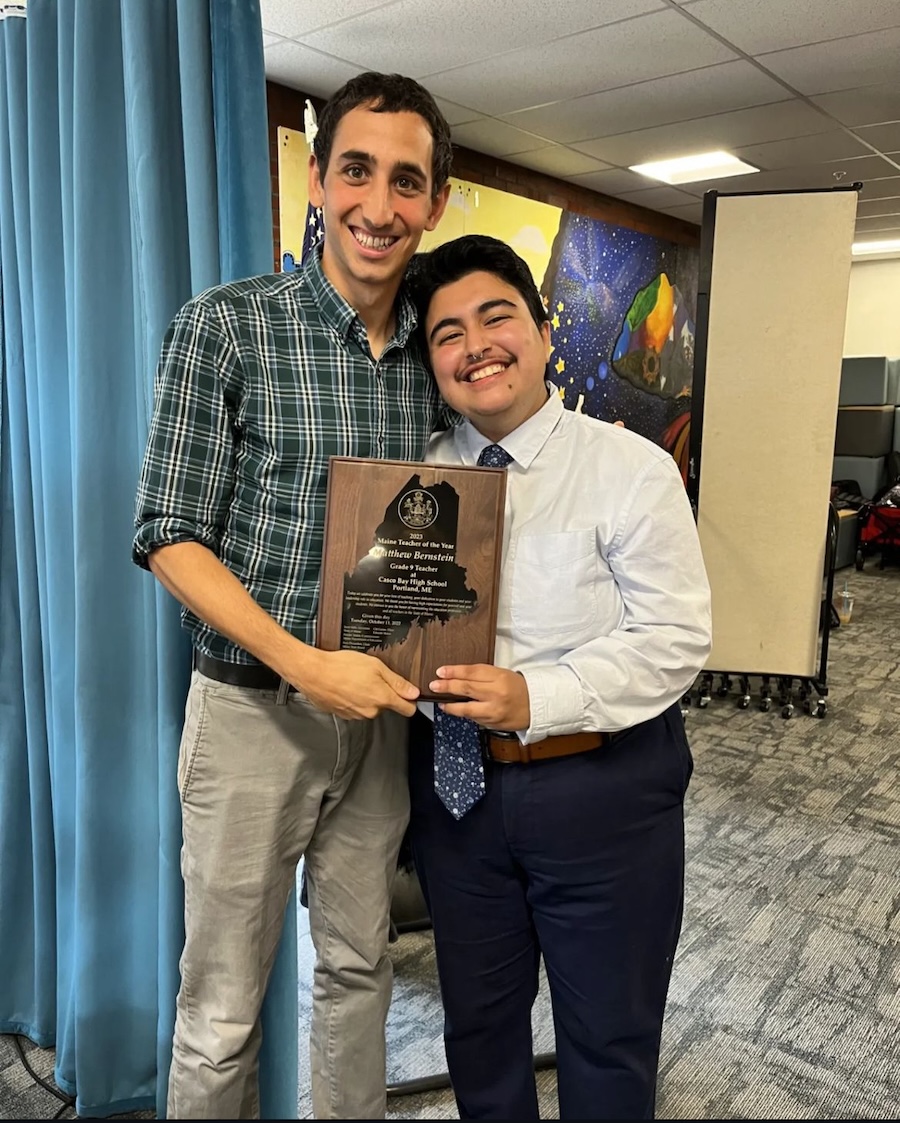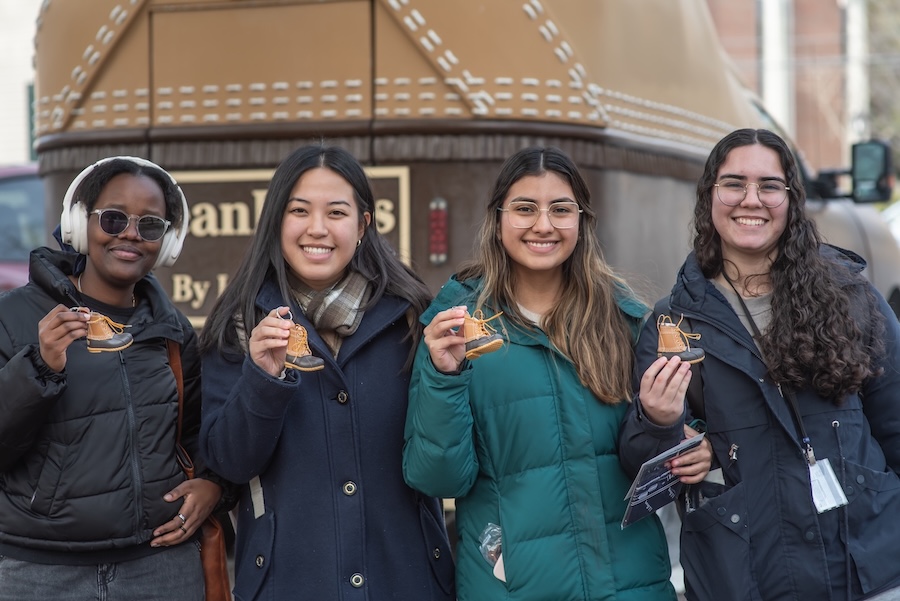Casey Chertavian ’21 Investigates Obsessive-Compulsive Disorder in Children
By Rebecca Goldfine
Chertavian is one of more than a dozen Bowdoin students who received funding this summer from Bowdoin's office of Career Exploration and Development to support internships, only to have the pandemic derail their plans. They all got resourceful, though, and rescued their summer work plans by finding new programs.
Chertavian is currently assisting Dr. Alexander-Bloch's lab at the Children's Hospital of Pennsylvania. The lab is researching the neural connectivity of children with symptoms of obsessive-compulsive disorder (OCD), with the ultimate goal of improving the diagnosis and treatment of the disorder in young people.
Using data from resting-state functional magnetic resonance images (fMRI) of children with OCD symptoms, the lab is trying to better understand how different areas of the brain are connected and coordinated. “Children or people with OCD have certain parts of their brains that are overconnected, and parts that are underconnected,” Chertavian said.
Research on pediatric OCD is rare. To help provide Alexander-Bloch with background knowledge, she is reading and writing summaries of previous resting-state fMRI studies that have examined the brains of children with a variety of disorders like OCD, schizophrenia, major depressive disorder, generalized anxiety, bulimia, and attention-deficit disorder.
She is also helping to analyze a large set of pertinent neurodevelopment data with R programming language—a language for statistical computing and graphics widely used among statisticians and data miners. Using her analyses, she is making graphs called connectograms to visually represent functional connectivity with lines showing which areas of the brain are coordinated.
The internship is remote, and Chertavian has had to independently become more adept with the R language this summer—a skill she has appreciated sharpening. She also said that after reading 100 or more science papers, her ability to synthesize scholarly articles has also taken a leap forward.
“That is always a good skill, especially because I want to be someone who translates research into a way people understand it better,” she said.
A neuroscience and education major, Chertavian is interested in pursuing a research career that helps put the science on effective pedagogy into the hands of teachers. When educators aren't aware of what science is discovering, “kids aren't studying or learning in ways that have been proven to be the most predictive,” she said.
Neurobiology, with Professor of Biology and Neuroscience Hadley Horch: “The class was a great introduction to neuroscience. There were so many moments when we learned about how our brains work, and I think understanding how we process information and getting the basics of that for the first time was really exciting.”
Educational Psychology, with Director of the Baldwin Center for Learning and Teaching Kathryn Byrnes: “Education is something I have always been passionate about, and education classes at Bowdoin are great. This class pulled my two majors together in an interesting way.”
Post-Soviet Russian Cinema, with Associate Professor of Russian Alyssa Gillespie: “I'm not a film person, but the class seemed cool. We watched the most interesting movies. We watched Taxi Blues, Perestroika, Burnt By the Sun….They were interesting and different from American culture and Western culture.”



